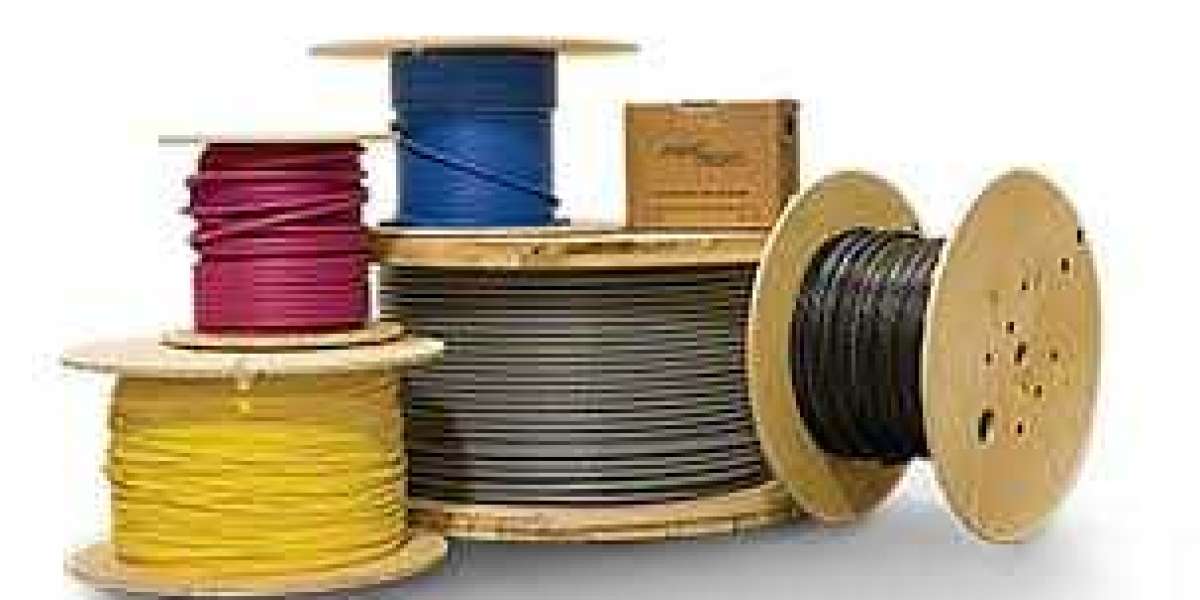Choosing a 3D printed filament that is suitable for a specific use environment and load-bearing capacity is a complex process that involves consideration of several factors. 3D printing technology is already widely used in a variety of fields, from manufacturing models to producing functional parts, so choosing the right filament material is crucial.
The first thing to consider is the usage environment. Different environmental conditions have different requirements for 3D printing materials. For example, for outdoor use or exposure to extreme temperatures, the filament needs to be weather-resistant and temperature adaptable. Common 3D printing materials such as PLA (polylactic acid) and ABS (acrylonitrile-butadiene-styrene copolymer) behave very differently in different environments. PLA material has good biodegradability, stable printing process, but poor heat resistance. ABS has better mechanical strength and heat resistance, but it produces harmful gases when printed and needs to be used in a well-ventilated environment. Therefore, the choice of materials according to the use environment is the first step.
Secondly, the load-bearing capacity is another factor that needs to be considered when selecting the filament. Different filament materials have different mechanical properties, such as strength, rigidity and toughness, which directly affect the load-bearing capacity of the final printed part. For example, nylon is often used to make functional parts that require load-bearing due to its high strength and toughness. PETG (polyethylene terephthalate) materials are both strong and flexible, making them suitable for parts that require both load-bearing and flexibility. Therefore, it is necessary to select filament materials with corresponding mechanical properties according to the required load-bearing capacity.
In addition to the use environment and load-bearing capacity, there are several other key factors to consider. The first is printer compatibility. Different 3D printers have different requirements for the diameter and material of the filament. When choosing a filament, you must ensure that it is compatible with your printer. Secondly, the printing accuracy and surface finish requirements, different filament materials will affect the accuracy and surface quality of the final printed part. For example, TPU (thermoplastic polyurethane) material is suitable for making flexible parts, but its surface finish may not be as good as PLA or ABS. Finally, cost is also an important consideration. High-end materials such as carbon fiber reinforced PLA, although excellent performance, but the price is higher, need to be selected according to the actual budget.
In the specific selection process, you can refer to the following aspects for operations. First, consult the instruction manual that came with the 3D printer to learn about the type of filament and its characteristics recommended by the printer manufacturer. Second, look at the reviews and recommendations of other users, especially those with similar environments and needs to yours. Their experience and advice can be a valuable reference for you. In addition, you can follow some professional 3D printing forums and blogs to learn about the latest filament materials and related technical advances.
To sum up, choosing a 3D printer filament that is suitable for a specific use environment and load-bearing capacity requires a comprehensive consideration of several factors. By evaluating the use environment, load-bearing capacity, printer compatibility, printing accuracy, cost and other factors, combined with the experience and professional advice of other users, you can help find the most suitable filament material for your needs. With the continuous progress of 3D printing technology, there will also be more excellent filament materials to choose from in the future, which will greatly expand the application fields and possibilities of 3D printing technology.


